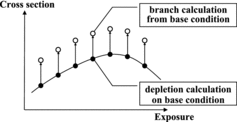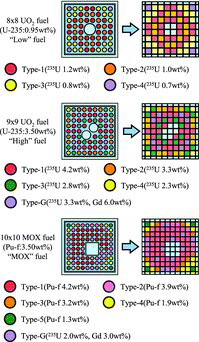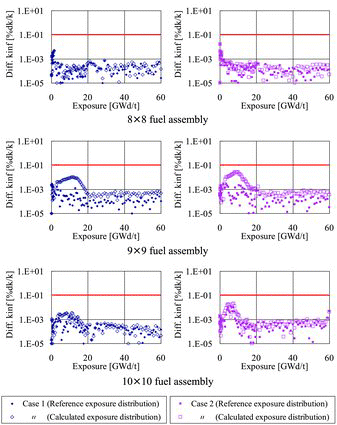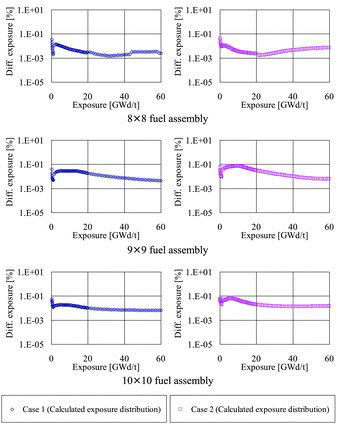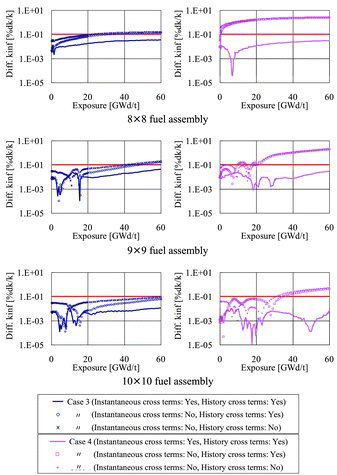Figures & data
Table 1. Branch calculation cases used in the present study.
Figure 4. Overview of the relationship between the correction term for history effect and depletion and branch calculations.
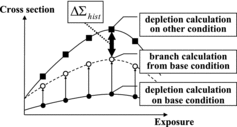
Table 2. Depletion calculation cases used in the present study.
Table 3. Energy group structure.
Table 4. Exposure points for HELIOS and verification calculations.
Table 5. Benchmark calculation cases (exposure).
Figure 7. Calculation results of the pin-by-pin fission rate distribution. (Calculation cases: , Target accuracy line: 0.3%).

Table 6. Benchmark calculation cases (void fraction, fuel temperature, control rod insertion, and their histories).
Figure 10. Calculation results of the pin-by-pin fission rate distribution. (Calculation cases: , Target accuracy line: 0.3%).
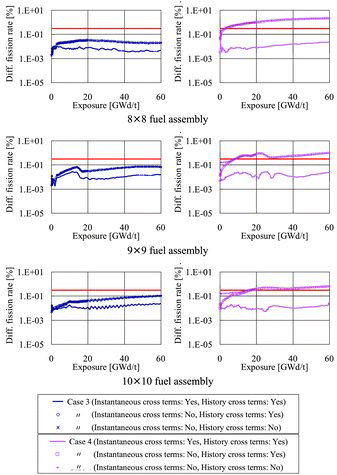
Table 7. Impact of the cross-term effect among the void fraction, fuel temperature, control rod insertion, and their histories.
Table 8. Benchmark calculation cases (fuel temperature, moderator temperature, control rod insertion, and their histories).
Figure 11. Calculation results of k-infinity. (Calculation cases: , Target accuracy line: 0.1%dk/k).
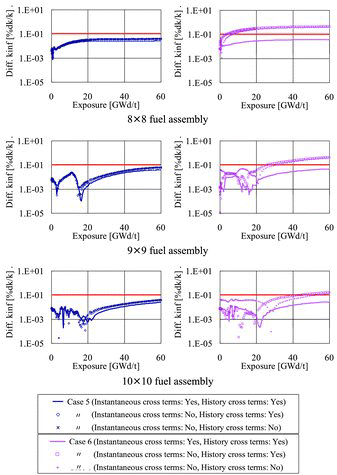
Figure 12. Calculation results of the pin-by-pin fission rate distribution. (Calculation cases: , Target accuracy line: 0.3%).
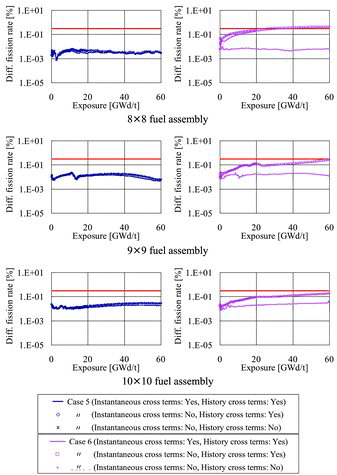
Table 9. Impact of the cross-term effect among the fuel temperature, moderator temperature, control rod insertion, and their histories.



